To the Stars: Floating, by Scott Nye
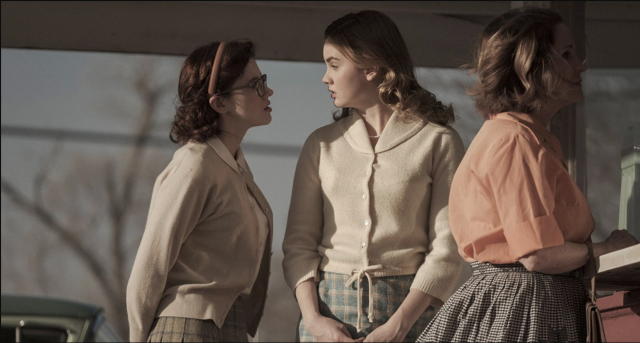
The movies went through a heady period from the 1980s ‘til the mid-2000s of depicting high school as a non-stop party, but when I think back on those years, I mostly think about the long gaps of nothing. I think about the time spent driving aimlessly for hours with nothing to do, landing in fast food joints and movie theaters and various shops where we’d buy nothing. Years were spent that way; youth wasn’t a blur at all, but an endless chasm ripe for filling.
Martha Stephens’ fairly excellent new film, To the Stars, jumps back to the early 1960s to find it, but that feeling, after a certain point in American history, remains a vital part of all teenagers’ lives. Kara Hayward stars as Iris, a teenage girl in her junior or senior year of high school who is so far outside the limited social circle of her rural Oklahoma town that the closest thing she can have to a good day is speaking to as few people as possible. The calculus on that is immediately thrown into stark relief when she meets Maggie (Liana Liberato), a new girl in school who just moved from “the city” and finds more enjoyment hanging out with this odd quiet girl than all the other girls in their class whose major life aspirations revolve around modeling themselves on their own mothers. Iris has never met anyone and bold as Maggie, and is immediately impressed and inspired by her confidence, gradually taking it on for herself.
Shannon Bradley-Colleary’s screenplay, the first to her credit, takes some familiar shortcuts in carving out the time period – the lonely widow neighbor who answers too curtly about her past, the mother who wishes Iris would just be more normal already, the overbearing father who moved the family after What Maggie Did in their last town and don’t she better repeat it. Stephens’ direction elevates them to the texture of ordinary life. Much as Marielle Heller did with A Beautiful Day in the Neighborhood, Stephens relaxes the pace, letting each moment breathe and the cast infuse their characters with enough humanity so that most of the decisions within the script feel like they’re being generated by living people, not archetypes.
Nowhere is this more evident than in Hayward’s performance, who exudes tremendous capacity to project an inner life full of thoughts and feelings she can’t let out. Her work here reminds me very much of similar territory tread by Kristen Stewart in Adventureland, Elisabeth Moss on The West Wing, or Margaret Qualley on The Leftovers, all of which they did at a similar age as Hayward. She crafts in Iris a girl filled to the brim with nerves, but also well accustomed to burying them to survive at home and school. The way she gradually comes into herself is done through the familiar “makeover” process that works because Hayward is just as ill at ease in her new clothes as her old ones, grasping for a place to hide in tighter blouses and slimmer glasses before accepting that she doesn’t need one.
The film is further – and very well – filled out by production designer Johnathan Guggenheim, who’s built up a considerable resume in this field the past decade (including Martha Marcy May Marlene, Loving, and Leave No Trace). While so many films and TV shows set in their period seek the cleanest, sleekest surfaces, To the Stars is marked by the age of the houses and school, all of which seem left over from the Depression, barely kept up to meet the standards of postwar living. The film’s emotional high point is not the climax of the drama, but rather a school dance at which the threads it has been exploring begin to weave together; the reverie Stephens concocts owes a tremendous debt to Guggenheim setting the action not amidst an overly-decorated, multicolored affair with a house band, but an emptied basketball court with a record player in the corner. I was not alive in the early 1960s (nor was Guggenheim for that matter), but some very rare times you wander into a space in a film that feels absolutely right; this is one such space.
Shot by Andrew Reed (who doesn’t work nearly enough for being one of his generation’s most talented cinematographers) and edited with great patience by Nathan Whiteside, Stephens’ vision for this material couldn’t have found better collaborators, and while the action in the script does become a bit trying in its final third, so much of it is so carefully and lovingly attended to, and its final notes so finely wrought, that I came away from it with no ill will towards its more overt attempts to bait audience sympathy. Rather, the decisions it makes – and just as crucially, doesn’t make – in its final five or ten minutes are some of the most refreshing I’ve found in a Sundance indie of this scale in years, its maturity towards adolescence’s impermanent state and the sudden insights that come with it so unexpected that I was slightly taken aback when it ended at just the perfect moment, feeling no need to pack in more conclusion. Nor, too, shall this review.
To the Stars is available on digital 4/24/20.












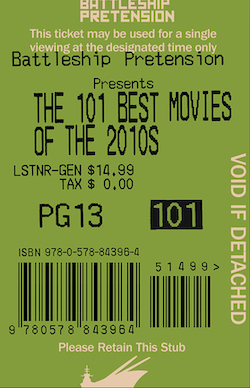


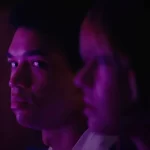


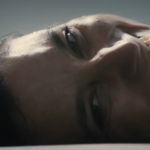





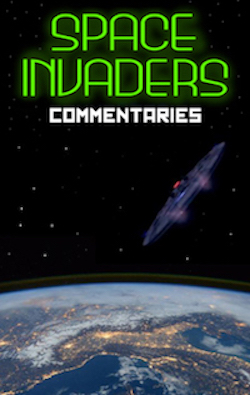
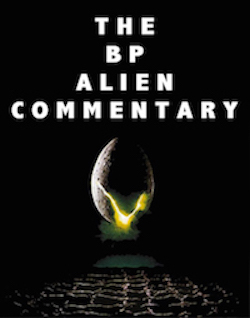
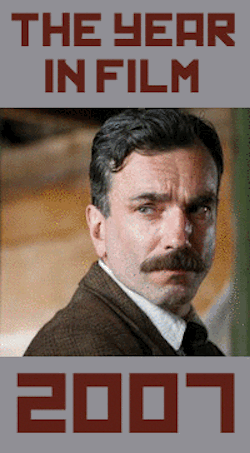


More people need to say just how goddamn beautifully written your reviews are. You’re one of the very few critics who will actually persuade me to see a film I am on the fence about.